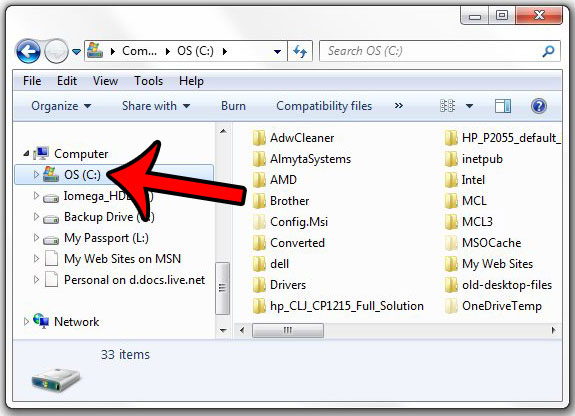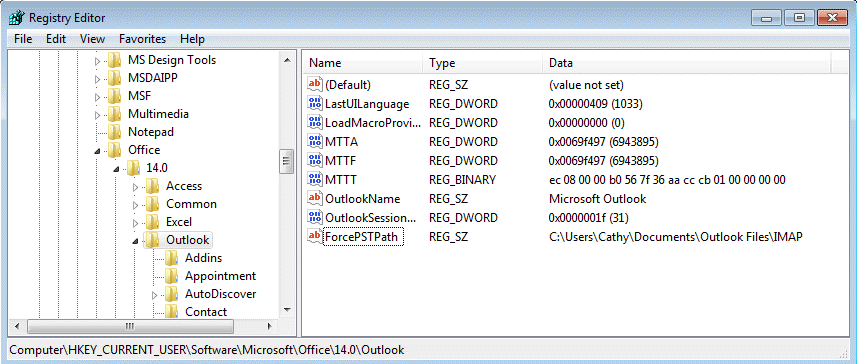


Why am I making this configuration change in Microsoft Word 2013 and not the Microsoft Outlook 2013? GOOD QUESTION! Once again, Microsoft leaves us scratching our heads on this one. We want to navigate to this particular section which is located under User Configuration -> Policies -> Administrative Templates -> Microsoft Word 2013 -> Word Options -> Advanced -> File Locations. So let’s edit the GPO that we apply to our RDS host server. (Keep in mind, most often, RDS host servers will have GPO’s that have Loopback Processing mode Enabled (with either the Replace or Merge option enabled) so user-based settings are applied to the RDS host servers themselves.) Now we can edit the GPO we normally apply to our RDS host servers. \\Server\SYSVOL\DomainName\Policies\PolicyDefinitions folder, and the ADML files in your \\Server\SYSVOL\DomainName\Policies\PolicyDefinitions\en-us folder. Once downloaded, make sure you place the appropriate ADMX files in your

The first step in configuring this setting is downloading the Microsoft Outlook 2013 ADMX files and policy definitions for group policy. Using Group Policy to configure the default file location for Adding Attachments Why Microsoft made this so difficult is anyone’s best guest. Since we are going to tackle these configuration changes via group policy, they obviously need to be configured in different places. But, unfortunately, it can be rather confusing because Microsoft, in their own infinite wisdom, decided to make the default file locations –DIFFERENT- depending on whether you’re a) adding an attachment to your email message, or b) saving an attachment from an email message.Īs a result, the configuration settings needed to specify the default file location for adding an attachment In Outlook 2013 is completely different from the configuration settings needed to specify the default file location for saving an attachment in Outlook 2013. It seems like setting the default file location for attachments in Microsoft Outlook –should- be a simple thing, not only to implement, but to automate as well.
Microsoft outlook file location how to#
Sounds simple enough, right? But after spending more time investigating how to achieve this, and some failed attempts at implementing this, you started to wonder… Why did Microsoft have to make this so difficult? In some cases, using Folder Redirection might work as an alternative, but you decide to stay away from that for a variety of issues. You also decide, you want the default file location to point to the user’s home folder/drive (in this example, we will refer to it as a Z: drive). To combat this particular issue, and to minimize the number of helpdesk tickets generated from users, you decide it would be best to configure the default file location when adding and saving attachments. Unfortunately, without the default file location configured for Outlook 2013, one of the most common helpdesk tickets you receive from end-users is, “I can’t find where I saved my Outlook attachment!”, or “I’m having trouble attaching an Excel spreadsheet to my email in Outlook!”ĭespite how much training your end-users have gone through, they are still having difficulty understanding that in an RDS specific environment, the default file location dialog box that appears when they are adding or saving attachments in Microsoft Outlook is –not- actually their local C: drive, but instead, its the RDS host server’s local C: drive. You have 100+ users accessing Microsoft Outlook 2013 from a Remote Desktop Service farm (RDS). Let’s suppose you’re the Network Administrator that provides IT support for a company called Globex Corporation based here in Waukesha, WI.


 0 kommentar(er)
0 kommentar(er)
